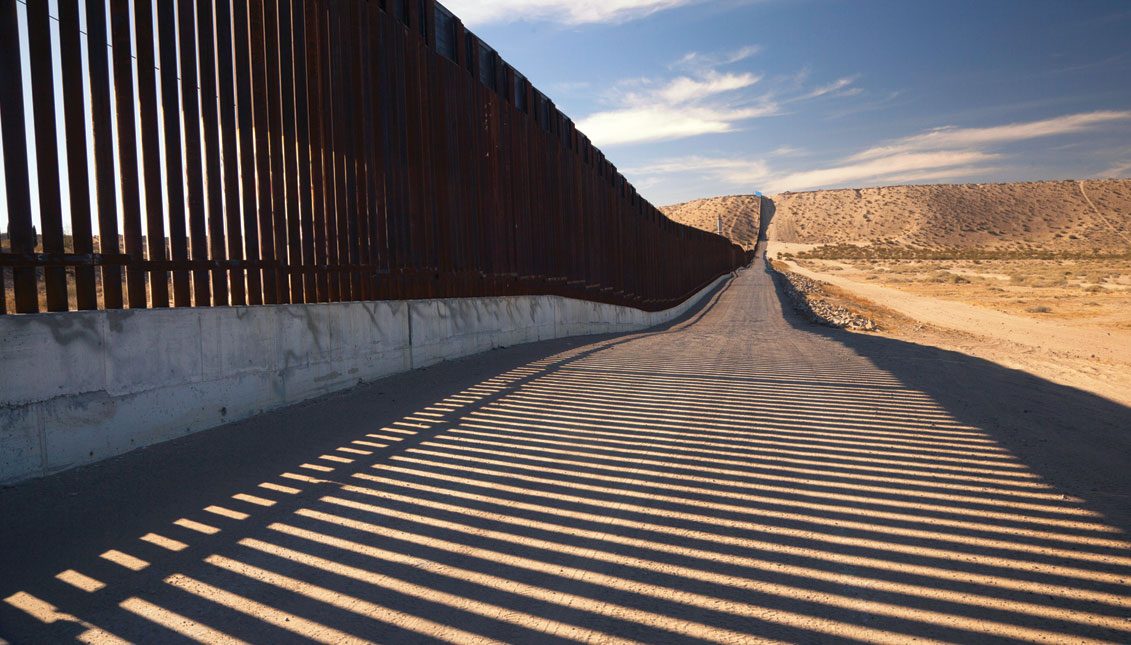
5 things you should know about the current status of the border wall
Since his presidential campaign, Donald Trump has promised to build a border wall with Mexico. The task has not been that easy and has included a fierce…
If you have taken the time to listen to the president’s statements carefully, his speeches usually include various - and even contradictory - reports regarding the border wall.
"We are building a wall;” "there are several parts of the wall that are being built", "it’s not necessarily a wall, it can be a fence,” and other types of comments are what Donald Trump usually says right and left when he speaks of his biggest campaign promise.
What is really going on?
The international border between Mexico and the United States stretches from the Pacific Ocean in the west to the Gulf of Mexico in the east and is 1,954 miles (3,145 kilometers) long. It’s considered today as the "most transited border in the world,” bordering California, Arizona, New Mexico and Texas on the U.S. side, and Baja California, Sonora, Chihuahua, Coahuila, Nuevo Leon, and Tamaulipas on the Mexican side.
Contrary to what can be imagined, the border is not a linear zone nor is it completely suitable for construction.
It has intricate natural areas such as the Rio Grande, the Colorado River, maritime edges in both the ocean and the gulf, and the Sonoran Desert.
Moreover, there are canyons, hills and rock formations that are practically impenetrable.
Democratic President Bill Clinton initiated the first construction project on the border in 1994 as part of an operation against drug trafficking between the two countries.
Subsequently, and under the government of President George W. Bush, the Secure Fence Act was passed in 2006, which authorized and financed the construction of 700 miles (1,125 kilometers) of physical barriers and fences at the border with Mexico.
RELATED CONTENT
As of May 2011, the Border Security Department reported having completed about 649 miles (1,044 km) of construction of fences or traffic obstacles, and in 2016 the Government Accountability Office reported that construction was complete.
After Mexico flatly refused to pay for the construction of the border wall, President Trump tried to incorporate the project into the federal budget, being hampered by Congress, until finally obtaining funds for a barrier - not a border - wall in just 55 miles.
Trump proceeded to bypass the decision of Congress declaring a questioned National Emergency to get hold of the Defense and Treasury Departments budget.
Several states, organizations and political representatives are challenging the move.
According to international migration researchers at Texas A&M University, "historical and contemporary border wall studies made it very clear that they simply do not work."
The basic reason is that the majority of undocumented immigrants in the country arrived through regular visas and simply overstayed.
Similarly, apprehensions in the border have maintained a constant decrease for almost a decade, going from 1,189,000 in 2005 to 463,000 in 2010.
From the separation of indigenous tribes and border communities such as the University of Texas at Brownsville, to the devastation of natural refuges like the Ana National Wildlife Refuge, the construction of a wall could radically transform the ecosystems of the region as well as the urban dynamics in an area that, contrary to what the president says, don’t seem to be experiencing any crisis.











LEAVE A COMMENT: